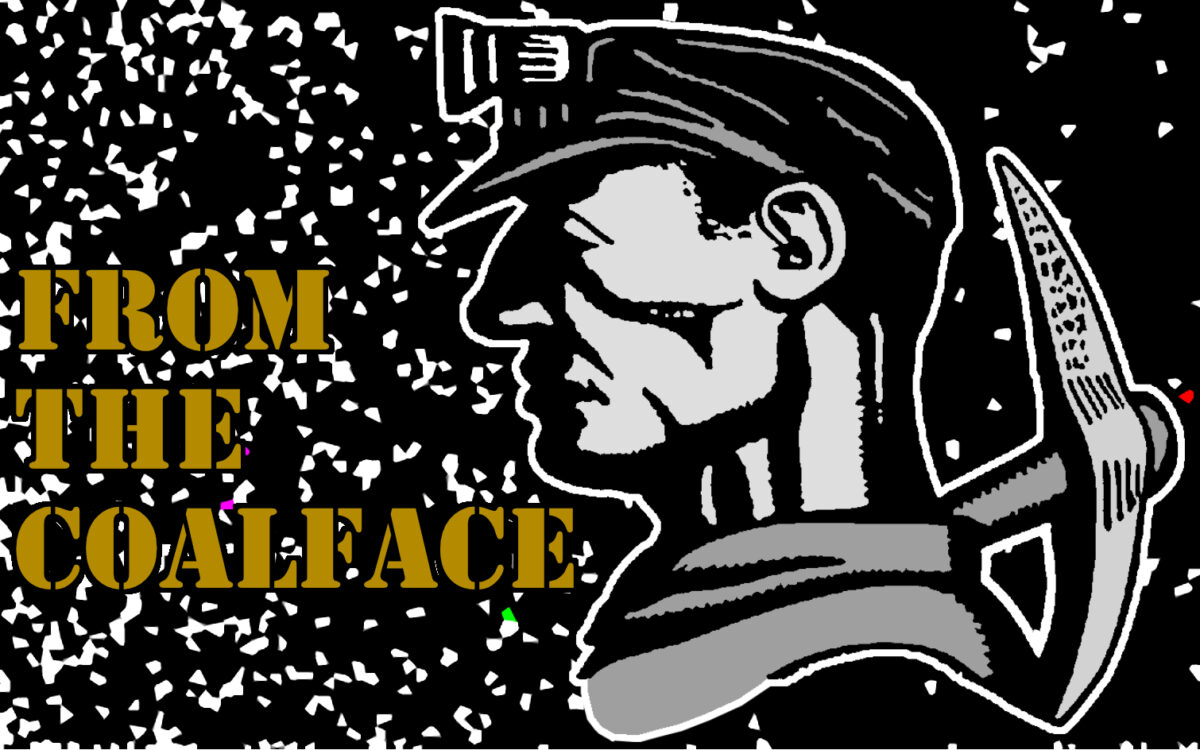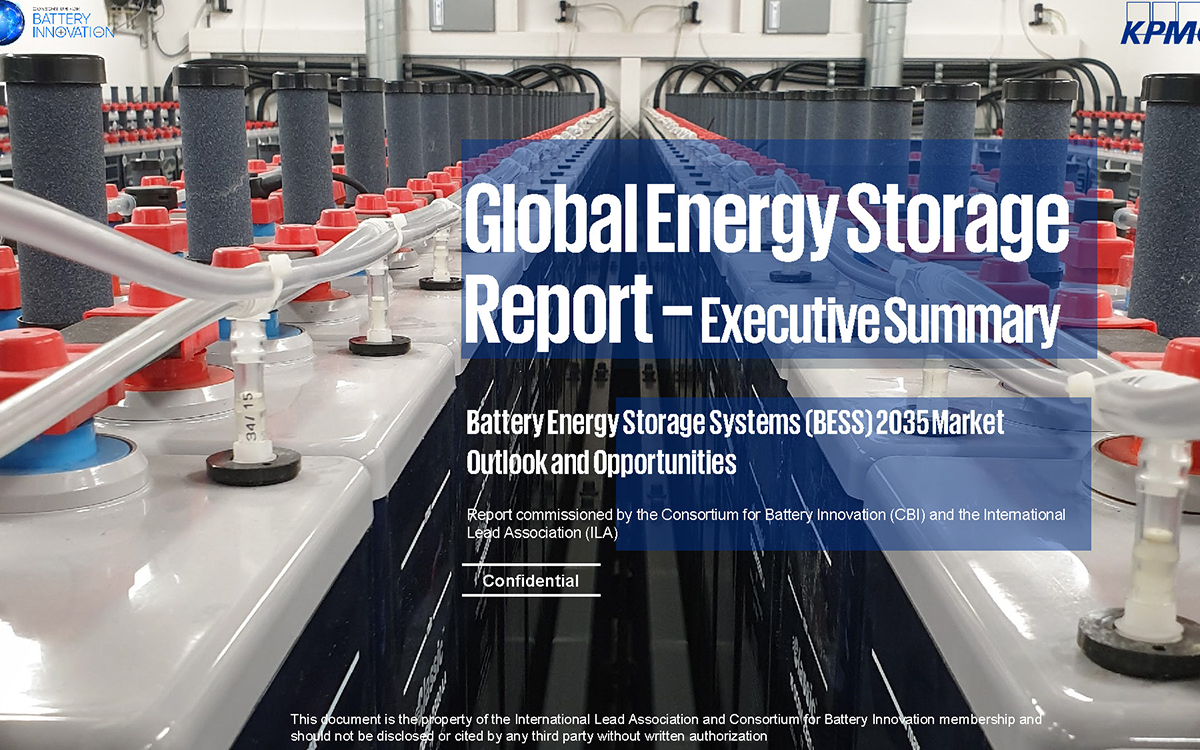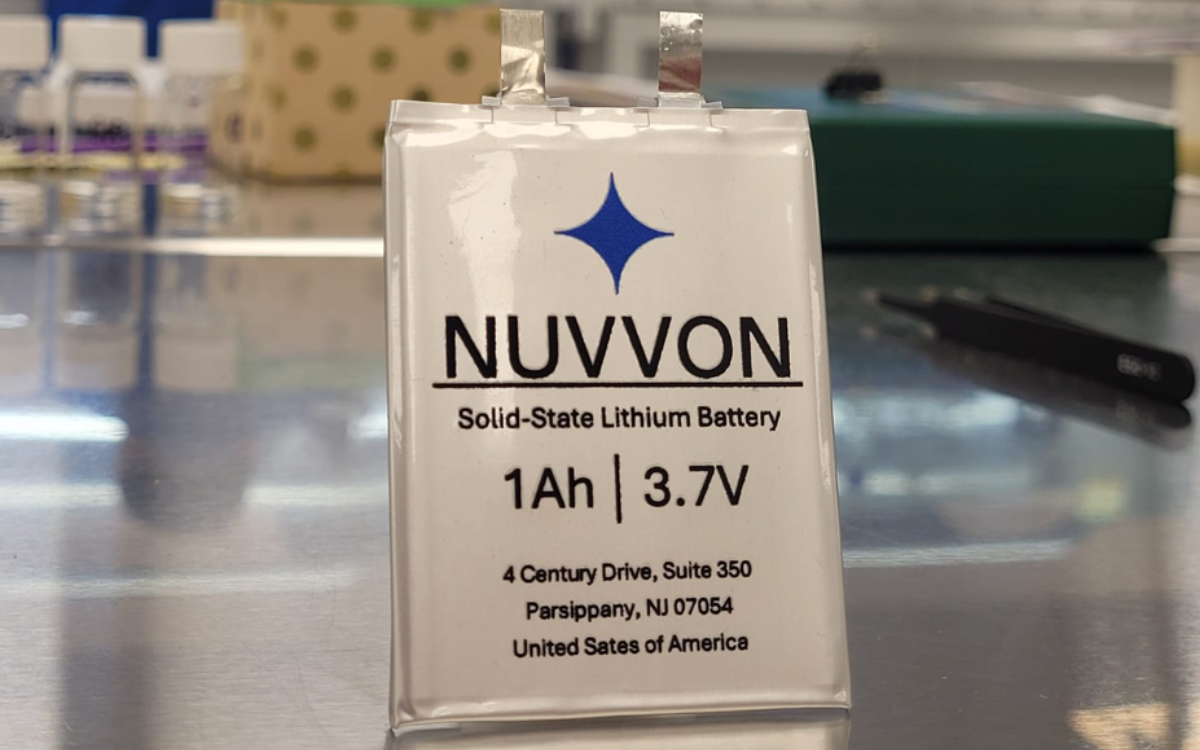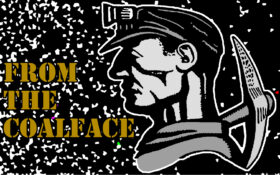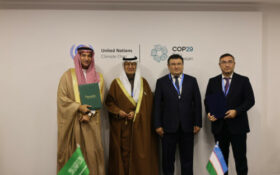The need for a manufacturer to diversify into new markets and product ranges is well known as a tool to increase turnover. It is usually in response to dwindling or stagnant revenues caused by saturation of an existing market or cash-cow revenue. Whilst it is often a necessary or logical financial measure, it is a very dangerous undertaking and will require a lot more know-how and knowledge than is dreamt of in an accountant’s philosophy.
Most battery companies, in fact most companies in general, wish to expand or future proof their present business. The two most common ways of achieving this are to increase the share of your existing market or diversify into new markets in which you have some competence, expertise or product similarity. If you are already squeezing as much milk as possible from your existing cash cow, it makes sense to set sail for new horizons. However, the glossy travel brochures do not tell you all you need to know about foreign lands, and without direct experience of the local conditions, you may be in for a very damaging and expensive experience.

After extensive research, it was decided to move into the rail battery market. The decision was partly, well almost wholly, based on the knowledge that a 2-year tender was about to be sent out for a rail battery replacement contract. This application was based on lead-acid standby power batteries on rolling stock (coach lighting) and stationary standby or daily use (signalling). The company manufactured similar industrial products, and with the exception of the rolling stock, supplied batteries to similar applications.
The new MD, Ian, was appointed one month after the decision was made. He was an impressive self-confident, intelligent person, clearly decisive but quite thorough in involving relevant parties in the decision-making processes for running the company. In his first management meeting he clearly laid out the reasons for being appointed and gave unbiased and eloquent reasoning for his being chosen for this position. Although his experience was mostly in the food industry, for large market brands, and in the USA, he was hired for his track record of increasing the turnover of three companies by identifying and penetrating market sectors previously unavailable to those organisations.
During the meeting, the strategy was well outlined and utilised the usual marketing tools of pie charts, graph projections, bullet points and other simplistic ways to obscure reality. The presentation ended with the phrase “diversify or die”, which, although sensationalist, did drive the point home. There followed a brainstorming session to discuss the head office idea of penetrating the rail market. The outcome was that this was the most likely and safest market to approach. There were two sectors of interest, namely: coach lighting (rail rolling stock standby power) and signalling (stationary standby power).
The targeted 2-year tender was due to be issued in eight months. There was general agreement that we had products that, with some modification, would meet the usage patterns and market requirements. An overall plan of action was devised and then logically broken down and divided between managers. Each key person was given an individual project schedule and a master plan with a progress chart and breakpoints. We were given a week to report back on first, the feasibility; secondly, the strategy to implement it; then thirdly, any problems we had encountered that may disrupt the plan.
The meeting was held in the MD’s office on the Friday of the following week. The first report was that of market research, which had fallen to the sales director Jim. He had been in the industry for over 40 years, had personal relationships with most of the customers and was two years away from retirement. His particular forte was ensuring that customers were kept happy with appropriate service and pricing. Diversification was not a familiar, or indeed welcome development for him. Within a fortnight it was obvious that he neither relished nor wanted this job. At the first progress meeting he made his views on this marketing approach very clear.
“We make industrial batteries for other companies, not the general public. We survive because we provide a safe pair of hands and expertise to back up our products. We are jumping into the unknown and endangering our reputation. We need to play it safe, not gamble away our hard-earned goodwill and existing market share. Is it worth it?”
The MD Ian answered directly. “I understand, Jim. To answer each point: firstly, the overall view of our head office is that we need to grow to survive. Stagnation, which is our present position, is not an option. Secondly, the existing markets have reducing profitability. This means we will soon be on a break-even, then a loss-making path. Thirdly, I was appointed for exactly the reasons that concern you— to ensure that we transition properly and safely. I’m afraid you just have to trust me. Can you do that?”
“There are more things in heaven and earth, Horatio, than are dreamt of in your philosophy.” Hamlet (1.5.167-8)
Jim did not answer. He stared for several moments at Ian, and then turned his gaze to the ground saying nothing. Ian broke the silence and invited Jim to his office after the meeting for a coffee. Then turning to the rest of he asked for each of our reports in turn.
Predictably those who had to make it happen, i.e. the technical, production and engineering departments, were cautious and concentrated on the difficulties, in particular the timescale for design reviews, new tooling and equipment modifications. Last, but not least, was the substantial concern of ensuring an appropriate testing period. All these concerns were dismissed by the marketing and administration teams who concentrated on the absolute need to make it happen, adopting a ‘whatever it takes’ approach. Jim, the sales director, was remarkably quiet and did not comment on any of the points made by any of the managers. Ian ended the meeting with various motivational phrases aimed at winning round the doubters. He did a good job and clearly showed his enthusiasm to go ahead. The final instruction was to both cost the project and put some firm timetables in place. Each department head was given two weeks to contact suppliers, sub-contractors and recruitment agencies— for temporary and permanent posts that might arise.
It was at the second meeting that the fun started. Jim had resigned and taken early retirement. A new sales director had been appointed and was due to start in a week. He too had experience in market diversification but this time diversifying from wooden pallets to manufacturing flat-pack kitchen cabinets. The meeting kicked off with introducing Tim, the new sales director, then straight over to me to report on the design, materials, production processes and testing requirements for the new battery range.
The design was straightforward, and we even had some redundant grid and small parts moulds that could be easily adapted to meet the new design criteria. This would save at least a month of tooling time. The rest of the tooling was fairly straightforward and the container materials were standard. However, the lid had to be flame retardant polypropylene. This was not a major issue as we had similar products and our supplier was able to produce this grade without problems. The separator was described as polyethylene. However, only the dimensions were specified with no assay for the material. We used PE separators with a standard backweb and profiles that matched the specification. For this reason, we decided to use our existing supplier.
All went well until I came to the thorny subject of the testing period and field experience. The manufacture of the first samples would take around three months. For the process trials, I wanted a month, which included stand-loss. For the product, I needed the usual performance tests, which should not be a problem. However, I also needed three months of life cycling at high temperature to ensure it would last out the 2-year guarantee requirement. It was possible that at the end of that period I might change the design, and would have to repeat the process. Unfortunately, it did not end there, since we had no idea of the service conditions, maintenance procedures, or any operational details that might affect the design parameters. Without this, I could not guarantee that it would meet all the operational requirements. This was despite the batteries passing the specification and performance test procedures.
That opened a Pandora’s box. Noise levels were pushed above 80dB as arguments raged. My concern was that the timetable was too short to understand the market requirements. I described the sort of parameters that needed to be established, even before the battery could be designed. I went on to explain that my concerns were mostly due to our lack of knowledge of the in-service conditions. There could be hotspots in the carriage battery compartments, or perhaps there were fitting or handling or maintenance practices not known to the tender writers. In any case, there was insufficient time for life-testing and no time to make modifications and retest performance if necessary.
It was here that the new guy Tim, was able to contribute. He had obtained specifications and QA standards in rail tenders going back 10 years. He pointed out that the technical specifications had not changed over that time. This must mean that the standards were at least adequate; otherwise they would have been modified. His answer to my concerns was to get hold of existing suppliers’ batteries, and incorporate any special features into our designs. Then the testing should simply be for verification rather than evaluation.
That went down well with everyone else, and turned me into a lone voice. The MD Ian quietened the meeting then turned to me.

I started to reply, but was cut short. It was his decision and it was made. However, he made a point of saying that he was glad that I was so cautious, and trusted me to ensure that the product was fit for purpose. So: Managing Director’s decision, Technical Director’s responsibility. All I could do was sigh and mutter under my breath, “Here we go again.”
To cut a long story short, the battery design and production trials went well, with only minor tweaks needed to the AM balance in order to meet the performance criteria in the tender. The high-temperature life-cycle test results were as predicted. It was simply a matter of calculating the corrosion rate of the grid-frame and wires, to ensure that there was still sufficient grid-alloy left for adequate current conduction at the end of the warranty period. Not only were we ready to go, we could also provide real performance and life testing results with the tender submission. Ian called us in for a final review meeting before the tender application was due. It was a good-humoured, perhaps boisterous affair. After satisfying himself that our design, performance and manufacturing capability would meet the performance and delivery requirements of the specification, he spoke to each department head individually, starting with me.
“Mike, I have to say, that my first impressions of you were not so favourable, but looking at what you have done here, I can’t really see what you were worried about. Any comments before we give the go ahead on this?”
I held my breath of a few seconds then answered. “Well Ian, I still have two concerns. The first is still the lack of operational experience in this application. I still have this nagging doubt that we may be missing some small but important detail. The second is the procurement time of the materials for the initial delivery, in just over a month.”
Ian laughed and shook his head slowly. “Well let’s ask the relevant people: see if they’re doing their job properly.”
In turn, it was newly appointed Tim, the head of marketing, and Will, the purchasing manager, who were asked for their comments. Tim confidently explained how he had looked at the applications— and even got hold of an ex salesman from a competitor to ask if the specification covered all the possible aspects of the real application. It was confirmed that the competing company had manufactured batteries to the specification in the tender and had no problems with excess warranty claims or with meeting the life expectancy. For Will’s part, he had obtained delivery guarantees on all materials and had reserved manufacturing space for all critical components well in advance, to avoid problems with long lead times for some materials. In his own words: “Where there’s a Will there’s a way!”
Ian, showing a pained expression from Will’s little witticism, looked at me and shrugged his shoulders.
“Looks like that’s it Mike. Now, why don’t we all pat ourselves on the back and get on with the minor detail of actually winning the tender?”
We actually won a fair share of the business, which amounted to just under £3.2 million ($4.24 million). This pushed up the company’s turnover by 12%— a considerable achievement in a single contract. All seemed fine, and for the first nine months after the initial deliveries, the planning for the second diversification had begun. This included a factory expansion and recruitment drive. However, it was at this point that I had to report a rise in the rate of warranty returns, all entirely attributable to the new rail contract.
I was given five days after the management meeting to ascertain how and why this was happening. After a detailed examination of the returned cells, one overriding cause that accounted for 95% of all of the claims was established. This was a failure to meet the minimum operational time due to low capacity. The low capacity was the result of low electrolyte levels, with only half of the plate area immersed in acid. The low electrolyte levels resulted from loss of water during the batteries’ normal duty, which had not been replenished. Tim jumped to his feet.
“That’s it then, they haven’t kept their part of the contract, they are clearly responsible for maintaining the batteries, which must include topping them up with water. So, we have no liability! Am I right?”
“So, we have no liability! Am I right?”
There was general murmuring of assent and agreement. Ian asked if I could make out a report to that effect, which he would add as part of his response, which would offer help to the rail company. Unfortunately, I had not finished. The cause of the water loss was not lack of maintenance: it was a failure of the watering devices that had been fitted to the batteries and operated every three months, as part of the maintenance procedures. Ian interrupted and persisted in blaming the rail company due to the failure of their equipment, not ours. My next revelation caused a stunned silence. It was oil leaching out from our separators that jammed the levelling mechanism of their watering devices. The reason our separators caused this was because the oil content from our supplier separator material is 18% whilst that of the competitor’s separator supplier was 12%. In other words, we have 50% more oil that leaches out into the electrolyte. This sticks to the level floats and prevents them from dropping when the electrolyte level goes down. This means that the inlet valve at the top of the battery vent plug stays closed. Then, when the watering device is plugged into a water supply, the water released will simply flow over the top of the cell and not into it.
The recriminations began. First of all, why did I not realise this could happen and why was our separator different? Well, I cannot guess what I don’t know. There was no mention of watering devices in the specification, nor from the marketing information. We had 18% oil because that is how our supplier manufactures the product. We find it beneficial because of the high flexibility needed in our separator envelope manufacturing process. Then Tim came under fire. How could he have missed something as glaringly obvious as this as an operating condition? Well, quite easily actually: the operating conditions for a battery are generally defined in environmental and electrical terms: ambient temperature, humidity, depth of discharge, recharge voltages and times etc. The maintenance procedures and equipment used are probably the responsibility of a different tender group, e.g. battery ancillaries. A large company that purchases rolling stock, lighting and signalling equipment, to name but a few, may have a dozen or more tender departments.
After the numb acceptance of our position, we started the clean-up operation. I had the relatively easy job of making the specification for the separator material and also of determining, as far as possible, any further operational and in-service factors that had not been considered for the tender. The commercial disruption and compensation conditions included in the tender had to be addressed. This was expensive: all batteries needed to be replaced, there was damage to components, and some business disruption due to trains being out of service. From our end, the separator had to be sourced and was more expensive than our existing product due to the smaller order quantities. Then we needed new equipment and manufacturing processes to make the plate envelopes with a less flexible material. All of the above cost time as well as money, and our first year in the two-year contract had half the turnover and roughly four times the anticipated expense that had been budgeted.
There are occasions when any commercial operation may have to diversify into new markets or applications. The majority of companies will ensure that they have the right skills and experience to be able to produce and support their products when in service. However, it is often small but crucial details, which cannot be gleaned by standard accounting and market research methods, that can mean the difference between triumph and disaster. Even specifications can, like patents, have undisclosed know-how in the background, which needs to be added to the description in the published document. Without this know-how or actual experience, there is always an element of risk. The implications for battery manufacturers are becoming more serious as battery applications and markets are burgeoning. It is fundamental and vital that companies adopt rigorous procedures to ensure that applications— some of which have never existed before— are subjected to exhaustive scrutiny. Without this, we will be hard pressed to prevent some of the catastrophic battery incidents that we have witnessed in recent years. We are in a period of global technology transition; battery development is the key to a cleaner low-carbon future. This transition has to be tackled not only with the right technology, but also the right approach.

